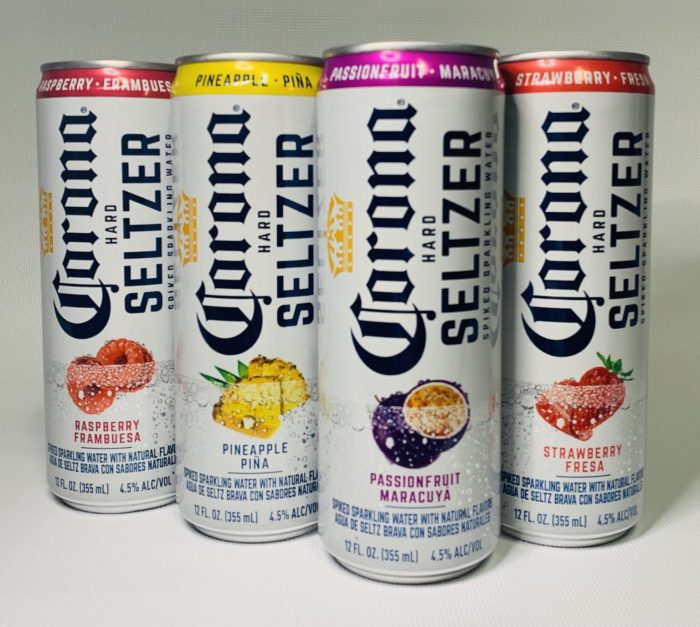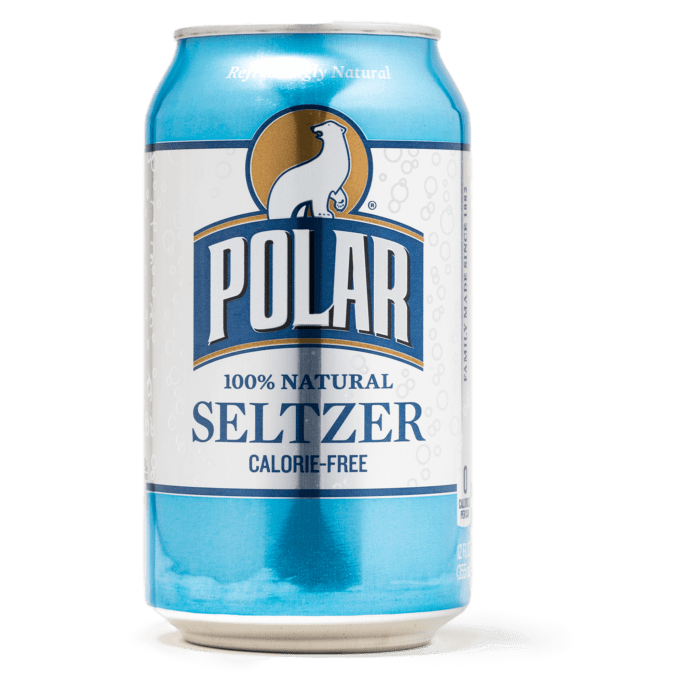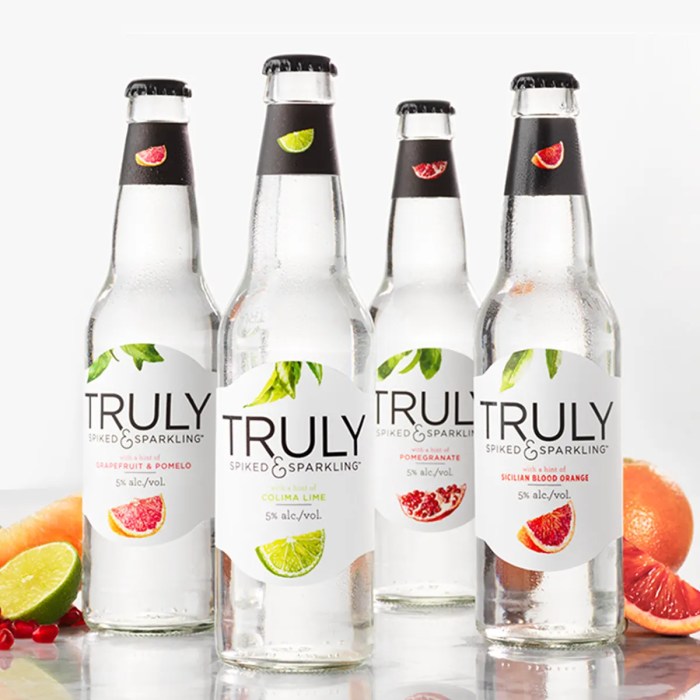Water named for its flavor crossword is a journey through history, culture, and sensory experiences. From ancient medicinal elixirs to modern marketing marvels, flavored waters have tantalized taste buds and shaped our understanding of hydration.
This multifaceted topic encompasses the origins of flavored water names, the common flavor descriptors used to describe them, and the marketing strategies that have made them so popular. It also explores the health and wellness implications of flavored waters, as well as the sensory experiences they evoke.
Origin of Flavored Water Names

The practice of naming water based on its flavor has a long and diverse history. Early flavored waters were often created by infusing water with fruits, herbs, or spices, and were used for both medicinal and culinary purposes.
One of the earliest known flavored waters is hydromel, a honey-sweetened water that was popular in ancient Greece and Rome. Hydromel was often used as a ceremonial drink and was believed to have medicinal properties. Another early flavored water is oxymel, a mixture of water, honey, and vinegar, which was used as a cough suppressant.
In the Middle Ages, flavored waters became increasingly popular as a way to quench thirst and improve digestion. Many different recipes for flavored waters were developed, using a variety of ingredients such as fruits, herbs, spices, and flowers. These flavored waters were often served at banquets and other special occasions.
The practice of naming flavored waters based on their flavor continues to this day. Many modern flavored waters are made with artificial flavors and sweeteners, but there are also a number of natural flavored waters available.
Cultural Influences, Water named for its flavor crossword
The cultural influences that have shaped the names of flavored waters are diverse. In some cultures, flavored waters are named after the fruits or herbs that are used to flavor them. For example, in China, a popular flavored water is called “osmanthus water,” which is made with osmanthus flowers.
In other cultures, flavored waters are named after their intended use. For example, in India, a popular flavored water called “jal jeera” is made with cumin and lemon juice and is used to aid digestion.
The names of flavored waters can also reflect the cultural beliefs and values of the people who make them. For example, in some cultures, flavored waters are believed to have medicinal properties. In other cultures, flavored waters are seen as a symbol of hospitality and generosity.
Common Flavor Descriptors
Water can be infused with various flavors, and common descriptors are used to describe these flavors. These descriptors provide an indication of the sensory characteristics associated with each flavor, allowing consumers to make informed choices based on their preferences.
The following table lists common flavor descriptors used for water, along with examples of water brands that use these descriptors and a brief description of the sensory characteristics associated with each flavor:
| Flavor Descriptor | Water Brand Examples | Sensory Characteristics |
|---|---|---|
| Citrus | Hint, Essentia | Bright, tangy, and refreshing; often associated with flavors like lemon, lime, and orange |
| Berry | Propel, Aquafina | Sweet, slightly tart, and fruity; often associated with flavors like strawberry, raspberry, and blueberry |
| Tropical | Fiji, Waiakea | Exotic, sweet, and refreshing; often associated with flavors like pineapple, mango, and coconut |
| Cucumber | Spa, Core | Cool, refreshing, and slightly vegetal; provides a subtle and hydrating flavor |
| Mint | Bubly, Poland Spring | Refreshing, invigorating, and slightly sweet; provides a cooling sensation |
Marketing Strategies

Flavor names play a crucial role in marketing flavored water products. They serve as a powerful tool to attract consumers, create brand recognition, and drive sales.
Successful flavored water campaigns often utilize flavor names that evoke positive emotions, align with target consumer preferences, and create a memorable brand identity. These names can evoke a sense of refreshment, indulgence, or even exclusivity, effectively differentiating the product from competitors.
Case Studies of Successful Flavored Water Campaigns
- Dasani’s “Splash” campaign:Dasani launched a successful campaign featuring a variety of fruit-flavored waters with names like “Strawberry Kiwi Splash” and “Pineapple Coconut Splash.” The campaign targeted young consumers with its vibrant packaging and playful flavor names, resulting in increased brand awareness and sales.
- Aquafina’s “FlavorSplash” line:Aquafina introduced a range of flavored waters called “FlavorSplash” with flavors such as “Lemon Splash” and “Berry Splash.” The simple yet evocative flavor names effectively communicated the product’s key attributes, making it a popular choice among consumers.
- Vitaminwater’s “Power-C” campaign:Vitaminwater launched a campaign promoting its “Power-C” flavored water, emphasizing its vitamin C content. The campaign’s name and packaging effectively positioned the product as a healthy and refreshing alternative to sugary drinks, leading to increased sales.
Role of Packaging and Branding
Packaging and branding play a significant role in influencing consumer perception of flavored water products. Bright and eye-catching packaging with clear and concise flavor names can attract attention and create a positive first impression.
Brand logos, colors, and fonts can also influence consumer perceptions. For example, a brand that uses a bold and vibrant logo and packaging may be perceived as more fun and energetic, while a brand with a more subtle and elegant design may be perceived as more sophisticated and premium.
Health and Wellness Implications

Flavored water has gained popularity as a healthier alternative to sugary drinks. It offers potential health benefits, including promoting hydration, reducing calorie intake, and potentially providing additional nutrients.
Role of Flavorings in Hydration
Flavorings in water can make it more appealing and encourage individuals to drink more fluids. Adequate hydration is crucial for overall health, supporting bodily functions, regulating body temperature, and transporting nutrients.
Research suggests that flavored water may increase fluid intake, particularly among those who find plain water unpalatable. This can be beneficial for individuals who engage in physical activity, live in hot climates, or have difficulty staying hydrated.
Concerns about Artificial Sweeteners and Additives
While flavored water can be a healthier choice than sugary drinks, it’s important to be aware of the potential concerns associated with artificial sweeteners and other additives.
Some artificial sweeteners have been linked to potential health risks, including metabolic disorders and weight gain. Additionally, certain additives, such as preservatives and flavor enhancers, may raise concerns about long-term health effects.
To minimize potential risks, opt for flavored water with natural sweeteners or minimal additives. Reading ingredient labels carefully and choosing products from reputable brands is recommended.
Sensory Experiences

Drinking flavored water offers a unique sensory experience that engages multiple senses, creating a pleasurable and refreshing moment.
The flavors in infused water can evoke a wide range of emotions and associations. For example, citrus flavors like lemon and orange may evoke feelings of freshness, vitality, and rejuvenation, while herbal flavors such as mint and lavender may promote relaxation and calmness.
Aroma
Aroma plays a significant role in enhancing the overall experience of drinking flavored water. The aromatic compounds released from the infused ingredients stimulate the olfactory receptors, creating a pleasant scent that complements the taste. For instance, the citrusy aroma of lemon or orange water can uplift and invigorate the senses, while the calming aroma of lavender water can promote relaxation.
Texture
Although water is typically considered a smooth and uniform liquid, the addition of fruit, herbs, or other ingredients can introduce a subtle texture that enhances the drinking experience. For example, the pulp or zest of citrus fruits can provide a slight grainy texture, while the leaves of mint or basil can add a refreshing crunch.
Detailed FAQs: Water Named For Its Flavor Crossword
What are the most common flavor descriptors used for water?
Some of the most common flavor descriptors used for water include fruity, citrusy, minty, herbal, and sparkling.
How do flavorings promote hydration?
Flavorings can make water more appealing to drink, which can lead to increased hydration. This is especially important for people who find plain water to be bland or unappetizing.
What are the potential health concerns associated with flavored water?
Some flavored waters contain artificial sweeteners and other additives that may have negative health effects. It is important to read the ingredient list carefully before consuming flavored water.